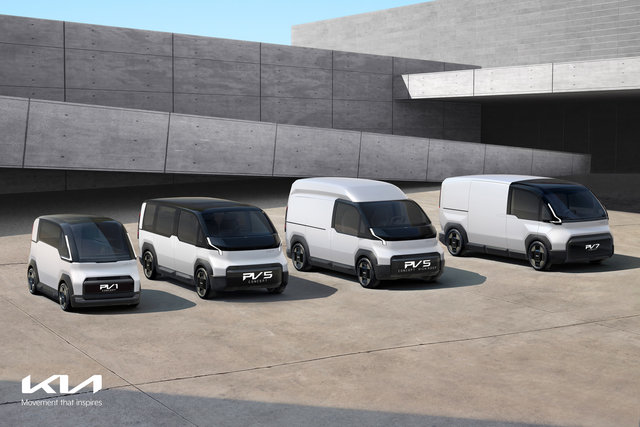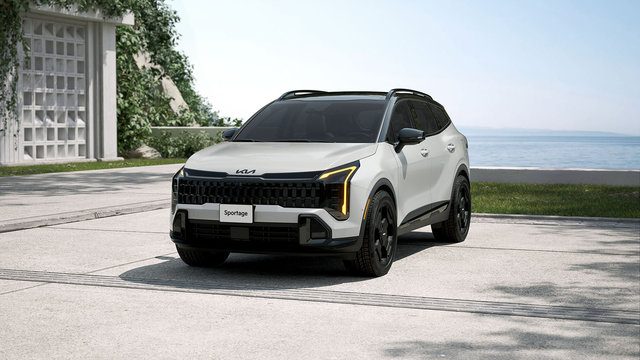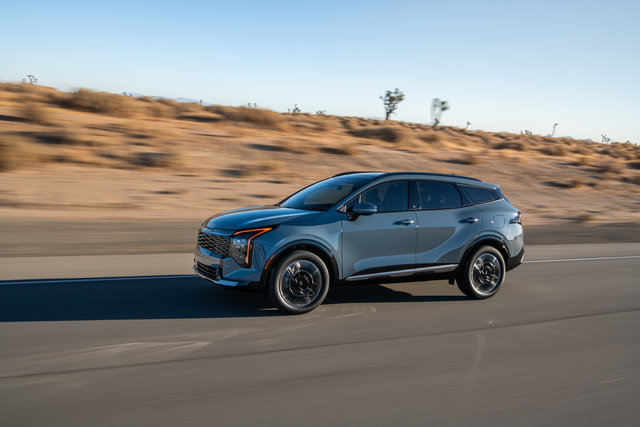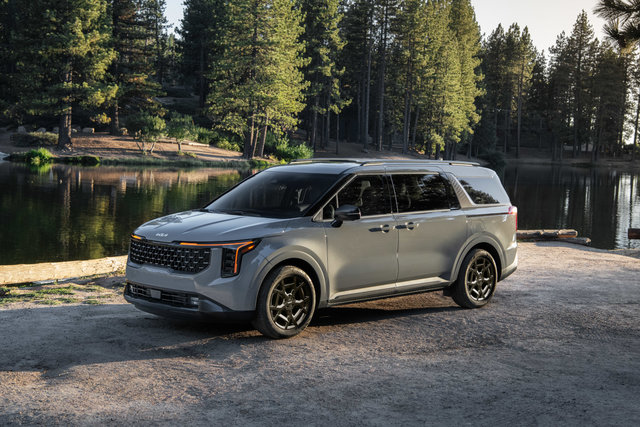Planning a winter getaway to Mont-Tremblant or the Laurentians? Choosing the right SUV can make all the difference when you're packing skis, snowboards, boots, and gear for the whole family. The 2026 Kia Sorento and 2026 Kia Sportage both offer versatile cargo solutions, but their capacities differ significantly depending on your needs. If you're comparing these two popular Kia SUVs for your...

At the 2024 Consumer Electronics Show (CES) in Las Vegas, Kia unveiled its Platform Beyond Vehicle (PBV) strategy, marking a significant shift in the company's approach to mobility. The initiative, highlighted by the introduction of the all-new, modular Kia Concept PV5, represents Kia's commitment to revolutionizing the mobility industry. This strategy aligns with Hyundai Motor Group’s ambitions in robotics, Advanced Air Mobility (AAM), and autonomous driving, aiming to provide total mobility solutions through a blend of fit-for-purpose electric vehicles (EVs), advanced software solutions, and a future-oriented approach.
Customized Mobility Solutions
Kia's PBV business is designed to meet the unique needs of both businesses and individuals by offering a range of customized vehicle types. With a focus on versatility, Kia plans to address the limitations of the current one-dimensional product lineup in the industry. The company’s PBV roadmap outlines a three-phase approach aimed at transforming mobility through increased model diversity, advanced software integration, and bespoke services. Phase one will introduce the Kia PV5, an EV optimized for a variety of uses such as hailing, delivery, and utilities, featuring conversion capabilities to meet diverse customer needs. Phase two focuses on completing the PBV model lineup, evolving PBVs into AI-based mobility platforms. The final phase envisions highly customizable mobility solutions integrated with the future mobility ecosystem.
Innovative Design and Technology
Kia's approach to PBV design emphasizes flexibility to cater to the changing demands of customers. The concept involves a fixed cab connected to various interchangeable upper bodies or "life modules", enabled by a unique hybrid electromagnetic and mechanical coupling technology. This modular design allows for the vehicle's transformation according to its intended use, ranging from a taxi to a delivery van or personal recreational vehicle. The design philosophy extends to creating vehicles that are intuitive to operate, with a focus on practicality and robustness. The introduction of large doors and an extended wheelbase in the Concept PV5 models exemplifies Kia's commitment to accessibility and versatility in vehicle design.
The Path Forward
Kia's vision extends beyond the introduction of new vehicle models. The company plans to create an ecosystem that enhances the interaction between PBVs, fostering versatility and meeting the needs of various stakeholders. This includes developing models like the PV7 and PV1, designed for enhanced space and agile transportation respectively, and integrating a modular system for easy customization. Kia's efforts also encompass the development of a PBV-dedicated EVO plant in Korea, aimed at producing these innovative vehicles by 2025. Furthermore, Kia is enhancing its In-Vehicle Infotainment (IVI), Fleet Management Systems (FMS), and charging solutions, leveraging software and AI technologies to offer tailored, efficient, and customer-centric services.
Other Articles That May Interest You
The 2026 Kia Sportage Hybrid stands out in Canada's competitive compact SUV segment by delivering fuel efficiency, all-wheel-drive capability, and advanced technology. For eco-conscious drivers in Quebec seeking a practical family vehicle that doesn't compromise on performance or features, the Sportage HEV offers a strong case as Kia's leading compact SUV choice. With its refined hybrid...
Winter driving in Laval brings unique challenges—from icy highways to reduced visibility during snowstorms. The 2026 Kia Carnival Hybrid addresses these conditions with a comprehensive suite of safety technologies designed to protect your family when roads become unpredictable. From advanced collision prevention systems to heated features that maintain clear sightlines, this hybrid minivan...






